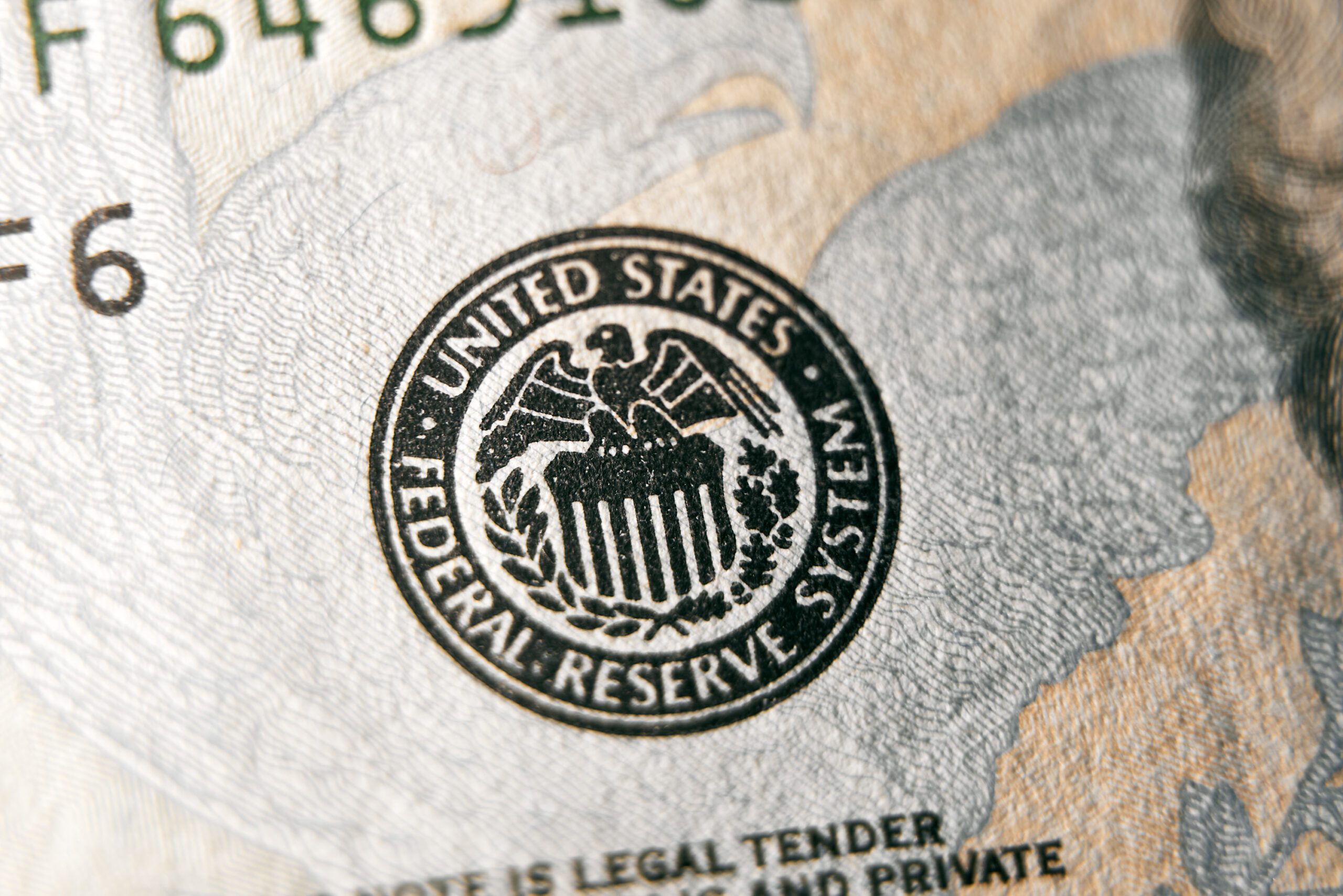Gold prices experienced a decline of over 5% in February due to strong economic data, which increased expectations of more interest rate hikes. As a result, experts predict that the prices of this precious metal will continue to be volatile in the near future.
The US market witnessed robust data, including the addition of 517,000 jobs in January, surpassing the previous month’s figure of 233,000 and exceeding expectations. Additionally, the unemployment rate dropped to a 53-year low of 3.4% in January.
Federal Reserve Chairman Jerome Powell indicated in February that despite the decrease in inflation, the central bank plans to raise rates a few more times in order to further reduce inflation. This suggests that gold prices will remain volatile if the Federal Reserve concludes its rate hikes.
According to Prathamesh Mallya, AVP-research at Angel One, the US Federal Reserve’s rate hike stance will strengthen the dollar, ultimately limiting the upside potential for gold. The World Gold Council (WGC) states that the global economy is at a turning point after experiencing various shocks in the past year.
The interaction between inflation and central bank actions will play a crucial role in determining the outlook for 2023 and the performance of gold. Analysts believe that in the short term, gold prices will remain volatile until the rate hike cycle comes to an end.
Ghazal Jain, a fund manager at Quantum AMC, explains that although most of the rate hikes by the Federal Reserve have already taken place, the market anticipates further hikes until the middle of the year. A report by Kotak Securities suggests that any positive surprises in economic data could have a negative impact on gold prices, as it would demonstrate the resilience of the US economy and strengthen the case for additional rate hikes by the Federal Reserve.
Historically, gold has performed well during mild recessions and periods of weaker earnings. Furthermore, if inflation continues to recede and the US dollar weakens, it could provide support for gold. Jain further explains that in the medium to long term, the US may experience an economic slowdown or recessionary conditions as the effects of monetary tightening become evident. In such a scenario, gold is expected to outperform risk assets.
Jain adds that a growth setback could lead the Federal Reserve to cut rates by the end of 2023 or in the first quarter of 2024, creating a highly favorable environment for gold prices.




